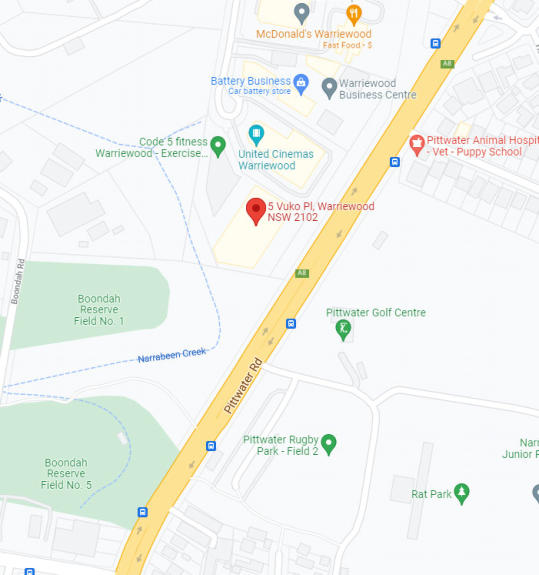

© Copyright Solvents Australia 2011

P.I.R.M.P.


Products & Information
Click links below

Products and Services



Pollution Incident Response
Management Plan
Emergency Response Procedures
Solvents Australia has established written Emergency Procedures within their Manual of
Work Procedures & Practices to cover three perceived possible emergency situations
1) Minor Spills and Leaks
2) Major Spills and Leaks
3) Fire
These procedures are incorporated within the certified ISO 9001 Procedures Manual
therebye ensuring that they are constantly reviewed and assessed as part of the auditing
process required under the Quality Endorsement as certified by SAI Global.
The procedures identify the actions to be taken in each event and designates those
responsible for performing those actions and notifying the relevant authorities in accordance
with the Pollution Incident Response Management Plan.
Pollution Incident Response Management Plan
Solvents Australia has also incorporated within their Manual of Work Procedures & Practices
a Pollution Incident Response Management Plan as required under the Protection of the
Environment Operations Act 1997. As this plan is included in the Quality Procedures Manual,
it is constantly reviewed and tested as required by the Act.
The required objectives of the Pollution Incident Response Management Plan are to:
•
ensure comprehensive and timely communication about a pollution incident to staff at
the premises, the Environment Protection Authority (EPA), other relevant authorities
specified in the Act (such as local councils, NSW Ministry of Health, SafeWork NSW,
and Fire and Rescue NSW) and people outside the facility who may be affected by the
impacts of the pollution event
•
minimise and control the risk of a pollution incident at the facility by requiring
identification of risks and the development of planned actions to minimise and manage
those risks
•
ensure that the plan is properly implemented by trained staff, identifying persons
responsible for implementing it, and ensuring that the plan is regularly tested for
accuracy, currency and suitability.
Relevant Authorities contact numbers:
Fire and Rescue, Police and Ambulance (Emergency): 000
Environment Protection Authority: 131 555
Northern Beaches Council: 1300 434 434
SafeWork NSW: 13 10 50
Incident
Minor Spill
or Leak
Contained
Spill or Leak
Major Spill
or Leak
Contained
Minor Fire
Major Fire
Category 1
Category 2
Category 3
Pollution Incident Response Management Plan
Hazard Assessment: Three categories of products are stored on the premises,
Category 1: Non flammable, Non toxic gases
Category 2: Non toxic, combustible liquids
Category 3: Non flammable, Toxic liquids
Each of these categories has been assessed as for potential hazards based on the level
of actual or potential harm to the health or safety of human beings or to ecosystems, and
a pollution incident potential hazard and response applied using the matrix below.
Incident Potential Hazard Level and Response
VERY LOW: Non reportable ( considered trivial )
LOW: Reportable to EPA, WorkCover, neighbouring facilities
HIGH: Reportable to Fire and Rescue, EPA, WorkCover, Council, local community
Pre-emptive actions: The facility is fully bunded and leakage of liquid external to the
facility is considered unlikely in most instances.
Spill stations with absorbent materials are distributed throughout the facility including a
stormwater drain seal.
Fire extinguishers and hose reels are present within the facility, serviced and tested
regularly.
Inventory of products: Notifiable quantities of Dangerous Goods are provided annually
to WorkCover NSW including site plans which show the locality of the premises, location
of fire services and the nearest storm water course.
A diagram indicating the location of goods stored within the facility is included in this plan
and is attached externally on the building.
Safety Equipment: Personal protective equipment provided to factory personnel. Self
contained breathing apparatus present for emergencies
Communicating with neighbours and local community: Fire and Rescue NSW and
Northern Beaches Council have been advised of the facility’s location. Building has been
appropriately signposted with relevant Hazchem placards. In the event of a major spill or
fire, neighbours to be notified in accordance with Fire Service instruction applicable to the
situation as required.
Minimising Harm to Persons on the Premises; Written Emergency Procedures are
contained in the Manual of Work Procedures & Practices which contains evacuation
procedures and evacuation assembly point.
Staff Training: This plan is integral to the Company's Quality Management Procedures.
Staff training is an element of the procedures which are assessed on a continual basis.
Contact Details ( 24 hour ):
Mr. Colin Spencer
Managing Director
0418 608 191
5. EMERGENCY PROCEDURES
5.1 MINOR SPILLS and LEAKS
•
Isolate adjacent electrical equipment and sources of ignition.
•
Use half-face mask provided in personal protection kit.
•
Stop leak if safe to do so.
•
Absorb and contain spill, using absorbents provided.
•
Advise Production Manager and General Manager of incident.
•
Check building exteriors for possible seepage
5.2 MAJOR SPILLS and LEAKS
Send messenger to advise General Manager and Managing Director.
If safe to do so.
•
Isolate all electrical equipment within building.
•
Eliminate sources of ignition (no smoking or naked flames).
•
Move all unprotected personnel from building.
•
Consider downwind evacuation of at least 250 metres.
•
Do not touch or walk through spilled material.
•
Wear self-contained breathing apparatus and full protective clothing.
•
Stop leak if safe to do so.
•
Check building exteriors for possible seepage
•
Prevent spilled naterial from entering drains and waterways using
spill response materials piovided or banking with sand or earth.
5.3 IN THE EVENT OF FIRE
Send messenger to advise General Manager and Managing Director.
For small fire, use extinguishers provided if safe to do so.
For larger fire, notify fire brigade and police. Tell them location, material,
quantity, UN number and emergency contact number.
Evacuate all unprotected personnel to nominated assembly point.
Consider downwind evacuation of at least 250 metres.
Wear self—contained breathing; apparatus and full protective clothing.
Move undamaged containers from fire area if safe to do so.
Use dry chemical, C02 , foam or water spray.
Cool containers with water spray until well after "fire is out.
5.4 FIRST AID
Remove victim to fresh air —taking care not to become a victim yourself.
Remove contaminated clothing and shoes immediately.
If victim is not breathing seek urgent medical assistance.
Apply resuscitation -— DO NOT use direct mouth—to-mouth if victim
ingested or inhaled the substance; use alternative method or proper
respiratory device — Administer oxygen if breathing is difficult.
In case of contact with material, immediately flush eyes or skin with
running water for at least 15 minutes. Seek medical attention.
Keep victim warm and quiet.



Unit 8 / 5 Vuko Place, Warriewood NSW 2102









































